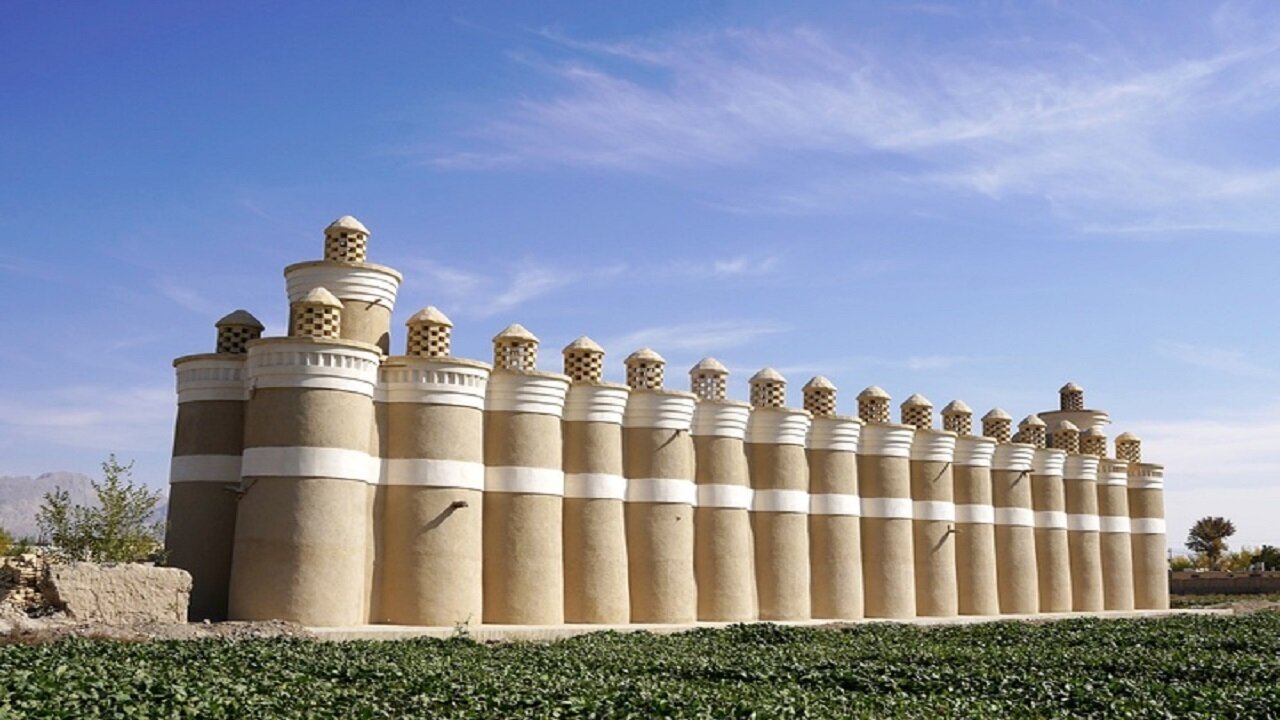Restoration of historical pigeon tower completed in Isfahan province

TEHRAN - The restoration of the iconic Chehel Borj (“Forty Towers”) pigeon tower in the village of Kalisan, located in Falavarjan county of Isfahan province, has been successfully completed.
The restoration was initiated following significant structural damage caused by heavy rainfall over the past two years, Hafez Karimian, head of the Falavarjan’s office for tourism and cultural heritage, announced on Friday.
Over 30 billion rials ($50,000) were invested in the restoration project, which was a collaborative effort between the cultural heritage office, provincial authorities, and the private owner and operator of the tower, the official explained.
The restoration process began last year and was carried out in two main phases. In the first phase, damaged sections of the tower were rebuilt. The second phase focused on comprehensive restoration, including waterproofing and retiling the roof, reconstructing brickwork patterns, repairing decorative plasterwork, applying traditional mud plastering, and landscaping the surrounding area.
Elsewhere in his remarks, Karimian highlighted the tower’s architectural and historical significance, describing it as unique in its design and technical construction.
Chehel Borj consists of 32 interconnected cylindrical towers, with a total length of 132 meters and a height of 8 meters, making it the longest pigeon tower in Iran. Built entirely with mud bricks using traditional construction techniques, its fortress-like appearance from a distance adds to its allure.
“Chehel Borj is not only a remarkable example of Iran’s pigeon tower architecture but also a vital cultural landmark,” Karimian noted. “With the restoration complete, the site is now open for tourist visits, offering an opportunity to explore this extraordinary structure up close.”
Future plans for the site include additional developments such as lighting installations, surveillance systems, and the restoration of an adjacent historic mansion to serve as a traditional guesthouse. A pedestrian pathway connecting the mansion to the tower is also planned, further enhancing the visitor experience.
The giant pigeon tower stands out among Iran’s historic multi-towered pigeon houses due to its scale and intricate design. While most multi-tower pigeon structures feature four, six, or at most eight interconnected cylinders, Chehel Borj boasts 32, underscoring its architectural significance.
Now restored to its former glory, this historic monument is poised to become a prominent cultural and tourism destination, celebrating the ingenuity and craftsmanship of Iran’s heritage.
Isfahan, in central Iran, is famed for having a rich heritage of pigeon towers; most of them were built in the 17th century. The architecture of these towers is based on the vernacular architecture of Iran.
It is an efficient use of space inside the towers; the walls were strengthened with interior arches. The ceiling is of the barrel-vaulted kind.
Isfahan is dotted with bizarre but very picturesque pigeon towers. In contrast to a European dovecot, which often housed pigeons to be used as meat, in Iran, the pigeons were never eaten. Here pigeon towers were used as guano factories to produce fertilizers for the melons that have always been the pride of the region. The guano was also used in the manufacture of gunpowder.
Pigeon towers are of considerable size, often 10.5-12 m high, of sturdy construction and fine proportions. The pigeon houses are usually built of mud-brick. Unbelievably varied, often decorated by ornate cupolas and muqarnas friezes, they are so charming that it is well worth going even great distances to see them.
Although there are never two identical pigeon towers, all conform to a single plan. Each tower consists of an outer drum, buttressed internally to prevent collapse and to support the inner drum that rises perhaps a third as high as the main structure.
Pigeons can get to their nets through some passages which are such narrow that is impossible to other birds such as eagles or falcons to enter. At the bottom, there are some smooth parts of stucco works. These parts can avoid snakes to ascend. In some cases, they put a bowl of milk at the center with limes around it. As snakes like milk, they try to get it but will be stuck in the lime.
Nowadays, due to the wide usage of chemical fertilizers, such pigeon towers just convey memories of the past as significant but strange buildings.
AM
Leave a Comment